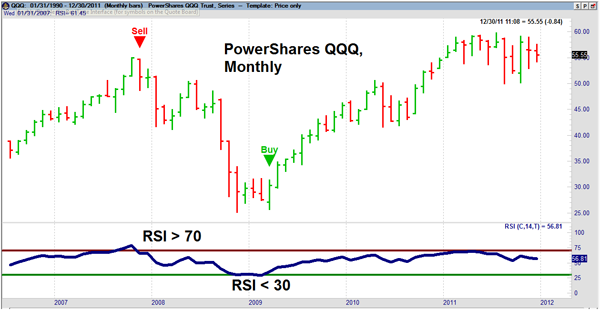Best Day Trading Chart Indicators
Post on: 12 Июль, 2015 No Comment

9 Flares Twitter 1 Facebook 8 Google+ 0 Filament.io More Info ‘> 9 Flares
One of the most frequent questions I receive revolves around the indicator and chart configuration I use while day trading . What I am about to discuss is only my preferred setup; you will have to experiment to see what works best for you. I am hoping that this discussion will guide you down the right path of identifying the best day trading indicators for your trading style.
Chart Time Frame
My charts are set up to use the 5 minute timeframe. Can you use the 1 minute or even 15 minute setting? Yes, you can; however, I find that trading 5 minute charts best suit my trading style. 1 minute charts are typically used by scalp traders or those who are only looking for a few cents profit. While this can be profitable, it is very hard to do so with the costs of commission and slippage that needs to be factored in. Additionally, I do not want to be trading 100 times per day. Conversely, 15 minute charts just take too long to develop. I predominately do most of my trading in the first 2 hours of trading and primarily in the first hour. A 15 minute chart just does not allow enough information for me to make an informed decision about the dynamics of early morning trading. In a two hour timeframe, that is only 8 bars versus 24 on a 5 minute chart.
On-Chart Indicators
You could insert hundreds of indicators on your chart but means nothing if you do not understand how to interpret this data. I take the “less is more” approach to this and keep my day trading indicators to a minimum. The obvious indicator here is Volume. This is a must on any chart and is the key to understanding if the bigger players are involved at a breakout area.
Secondly, I insert the 10 period and 20 period EMAs to my charts. Additionally, I keep the ADX, or average directional index, on my charts to gauge the strength behind a trend. I like to use this indicator to confirm that the trend is strong when day trading breakouts .
There are a few other derivative indicators that I have plotted on my charts using Tradestation. I have a plug-in which automatically plots the pivot points used by floor traders. The formula for these pivot points are simple to program and can be found in the broad market indicators lesson. Finally, I absolutely must have the fibonacci retracement levels labeled on my chart before I place a trade. These levels have an uncanny way of being respected by the trader community and help me identify the risk/reward scenario of a trade.
As far as on-chart indicators are concerned, that’s it!
Off Chart Indicators
I use a few off chart indicators. The first two go hand in hand; the level 2 quote window and the time and sales window. or “tape”, help me gauge the buying and selling pressure at support and resistance areas and basically give more color into the volume indicator that we place on the chart.
On a separate screen, I will have all of my broad market indicators, as discussed in our lesson on this. I will keep a chart of the TICK index up with alerts at the -800, -1000, 800, and 1000 level to inform me of buying of selling climaxes in the market. I will also keep a chart up on the spread between the S&P futures and the cash market and the TRIN. Finally, I will have charts up on the S&P identifying Fibonacci levels and pivot points for reference points throughout the day.














